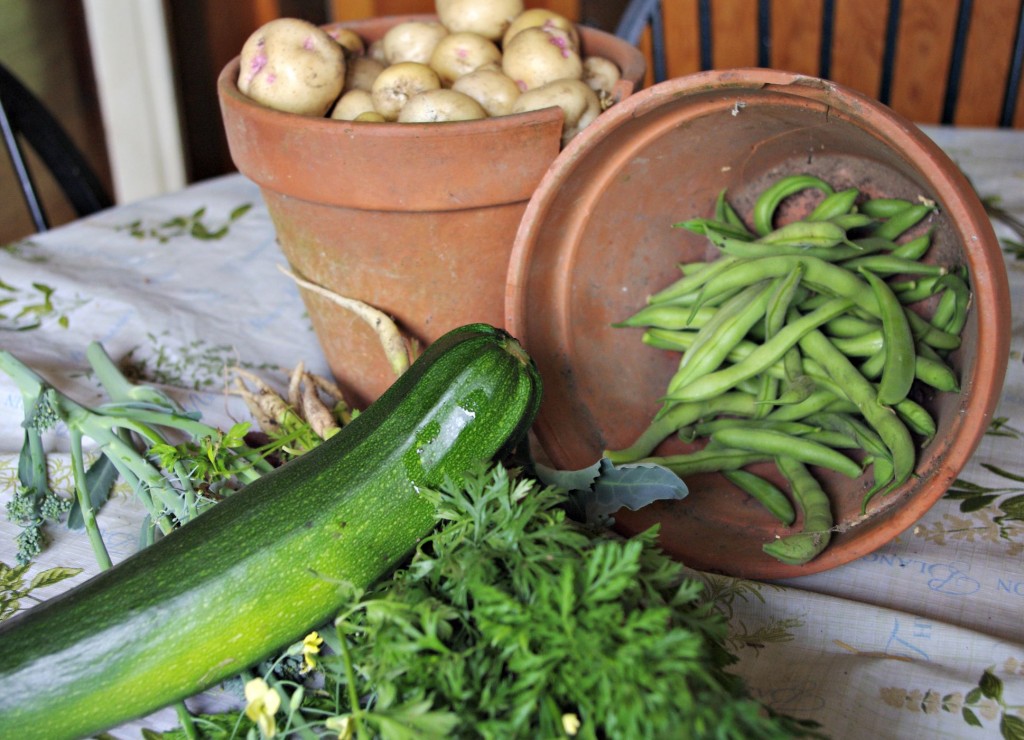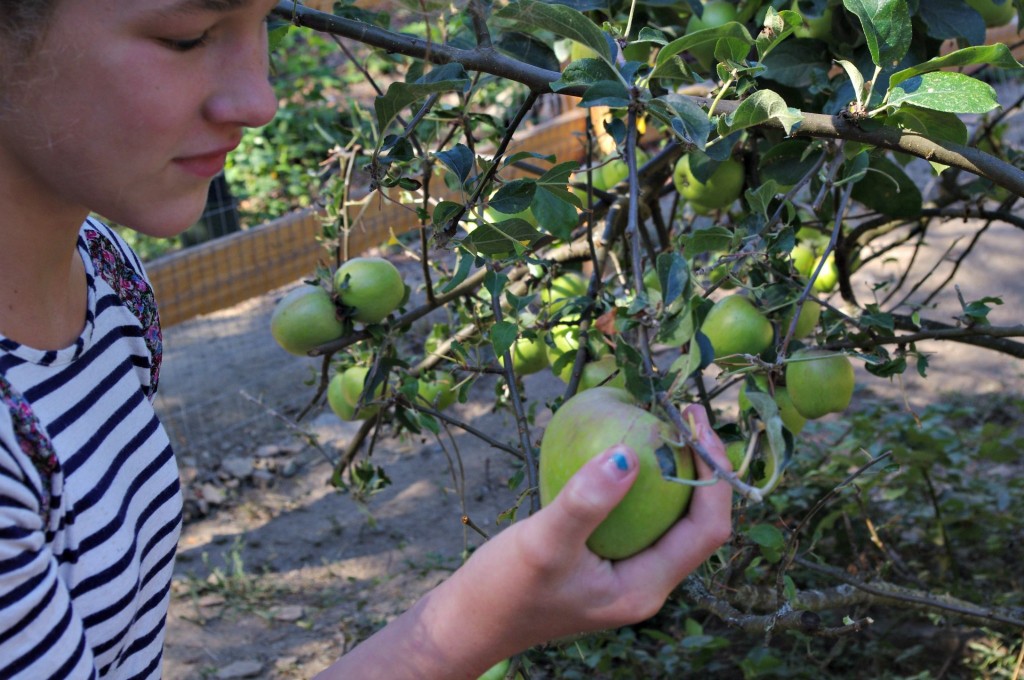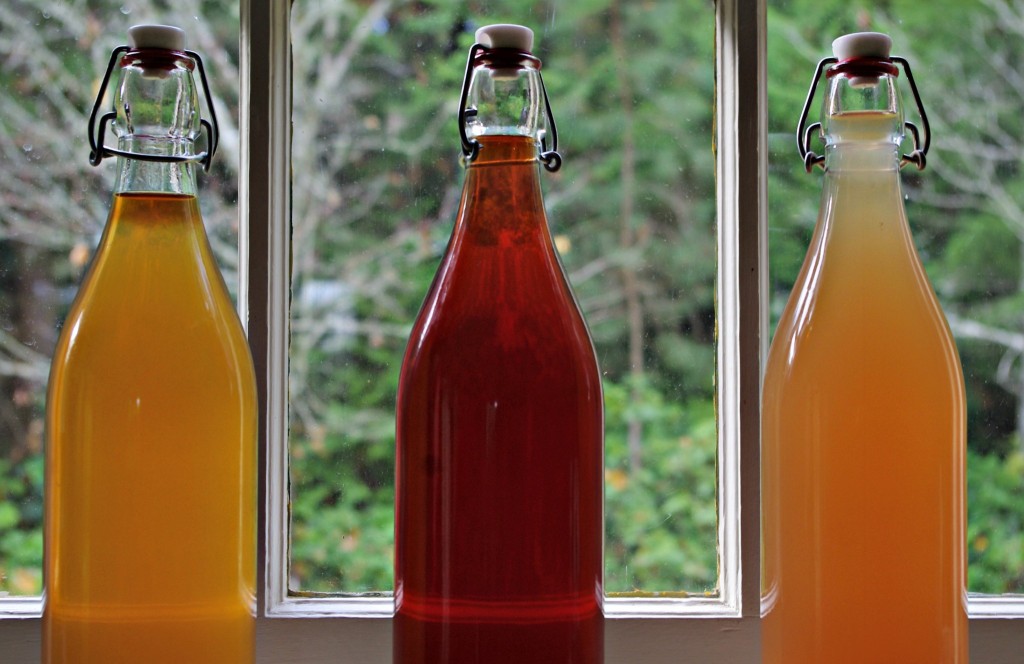Social media has been all a cauliflower about the expensive vegetables that have been hitting the store shelves recently. With the crashing Canadian dollar, and the weird weather conditions around our “growing locations” veggies are in high demand, and that means Canadians are paying the price.
There is a solution though. A way to continue to get the vegetables you love and that your family needs all while managing your budget!
Get growing.
And once you start growing, start preserving.
Why Such Expensive Vegetables
Urban gardening is become less of a nicety and hobby and more of a requirement. Expensive vegetables, that consumers are regularly purchasing out of season, not only hurt our pocket book but have a high cost to the environment. Transporting these vegetables, growing them in greenhouses that use 24hr electricity, and high volumes of fertilizers and water all contribute to a constant strain on our environment.
Being responsible for contributing to change by starting to grow your own produce is one step in the right direction.
You just have to get started!
Find your location
Every property will have somewhere that is welcoming to growing produce. It doesn’t have to be the perfect spot, or have huge square footage, as long as it gets quality sunlight, and you have the ability to ensure good access to water and healthy soil. Protection from animals may also be required, depending on where you live.
Container gardens are also amazing for urban settings. Tomatoes, lettuce and peppers do just fine in pots, and you can produce a large quantity.
Pick Your Plant
Just like investing, choosing what produce to grow is an important decision. In urban communities it can work well to focus on one plant and sharing the produce with your community, versus planting a “variety” for your own personal use. Also choosing plants that can be cold stored or preserved is a great idea.. and, of course, make sure it is one you like to eat.
We have a rural garden that is over 1000 square feet and we focus our energy and resources on planting potatoes, squash, garlic, cucumber, zucchini, beans, snap peas, peppers, brussels sprouts, onions and leeks. We also small batch plant tomatoes for our fresh daily use.
We also grow blueberries, strawberries, apples, plums, pears, raspberries and we are working on building up other fruit trees.
We grow what we can store, preserve, eat, freeze or sell.
Make a Preservation Plan
Growing food is one things, USING it is another. If you harvest a crop of 100 pounds of squash, what are you going to do with it?
We can our green beans and peppers, and process most of our apple crop into applesauce, dried and stored apples, apple pie filling and apple cider (alcoholic and not).
Part of our onion crop is pickled, the other is put away with the potatoes for cold storage. (As a note here if you have never tasted home grown potatoes FRESH out of the ground you are missing out on one of the most incredible things in life).
Our squash, brussels sprouts and part of our bean crop are also frozen in air tight bags, along with a lot of the fresh berries. I will also prep and cut the fruit I use in baking and freeze it for use in the winter.
We can peaches, plums and pears, and also home-brew a lot of the fruit into homemade liqueur.
Almost anything can be long term stored these days, what with dehydrators, air tight storage devices, and easy canning methods. Not to mention those big deep freezers we all seem to have. Just be sure to store the food in your preferred way of using it! (Ie I will grate zucchini and freeze it for use in muffins and cakes later on).
Grow What You Are Buying
Another way to plan a garden is to look at what products you are drawn to in the stores in the winter. What fresh vegetables appeal to you, what cans are lining your shelves? See what you use, and then start making a plan NOW to grow and preserve these items for next winter.
If you MUST have fresh access to foods that don’t preserve well, explore the option of building a small greenhouse to grow these vegetables all year round. Sunken greenhouses (or Walipin’s) even on the smaller scale, can often provide you with fresh food through the winter when expensive vegetables are all you see on the shelves.
Sustainability is no longer a trend, and growing fresh food is becoming a responsibility of the individual. Finding a way to contribute any form of food back to your table or community can do a lot for our land and our understanding and respect of the food cycle. From backyard hens to apartment balcony gardens, there is an option for every one to grow SOMETHING they can eat.
So, take these expensive vegetables as a sign that the times need to change, and make a plan NOW so that when the growing season arrives you are ready to participate.




